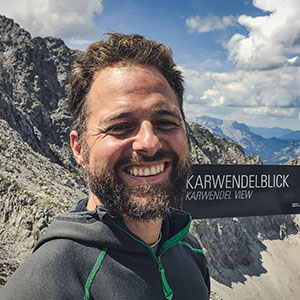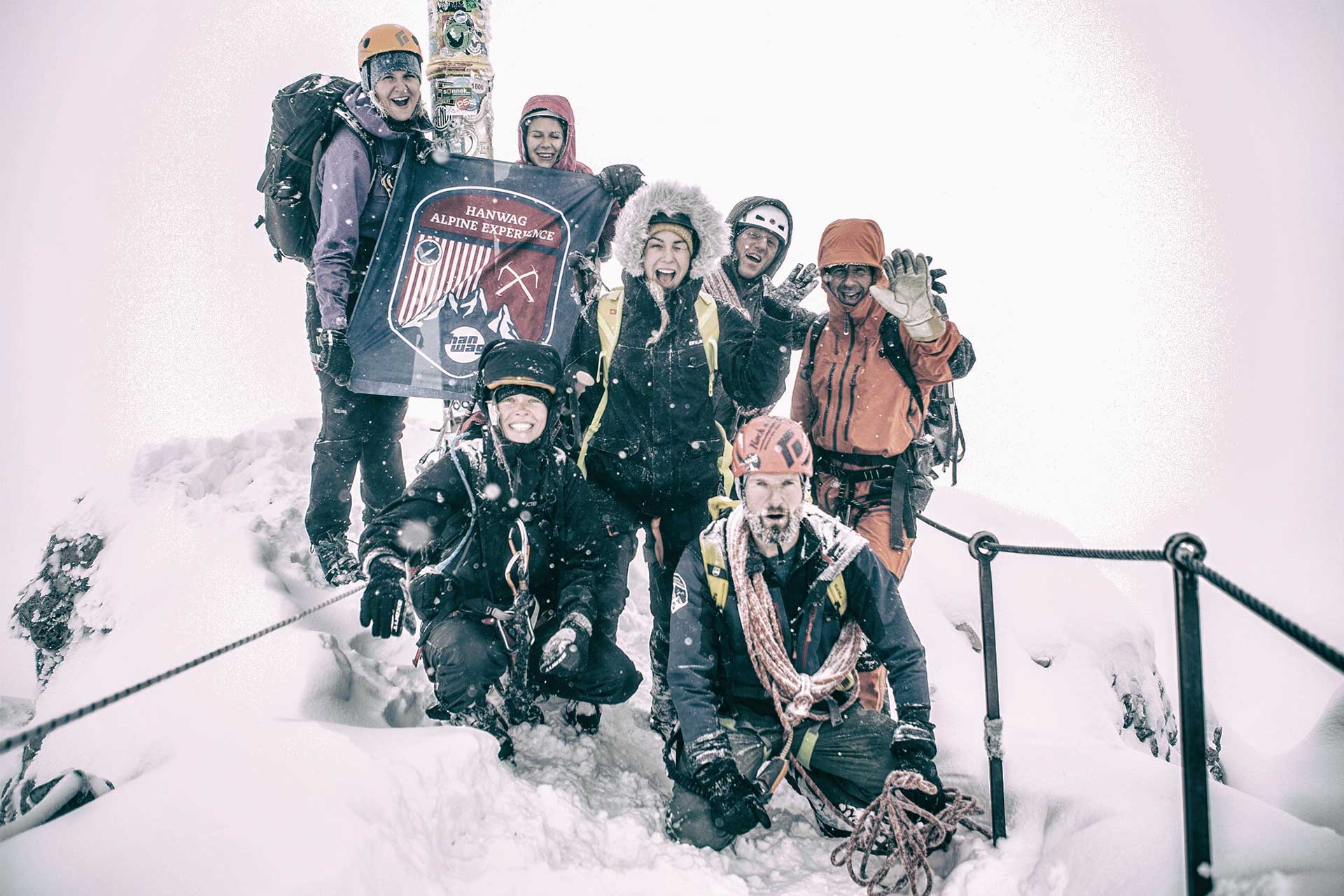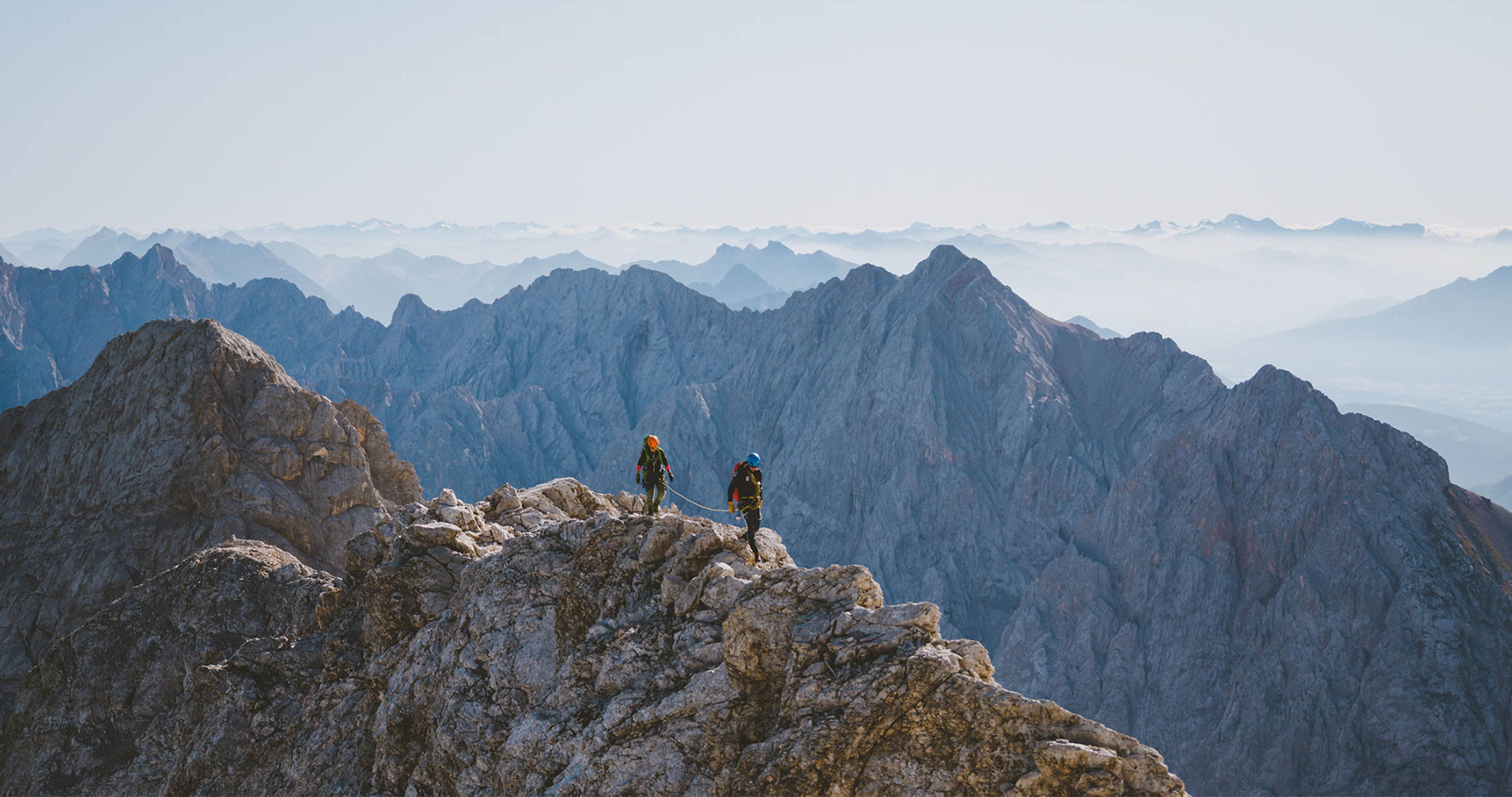Updated on
Hiking, trekking and mountaineering have changed considerably since HANWAG was founded in 1921. A century in time-lapse – 100 years from the early pioneers to extreme hikers, from Edward Norton and Grandma Gatewood to Brocken-Benno.
1921 – 1930
1921 – Of donkeys and Brits
100 donkeys are used to escort the first British Mount Everest Expedition, on the 480-km march from Darjeeling to the highest mountain on Earth. At house number 56 in the town of Vierkirchen, Bavaria, which at the time only counted 1,100 inhabitants, Hans Wagner, the son of a shoemaker, sets up his own shoemaking workshop – launching what will become the HANWAG brand.
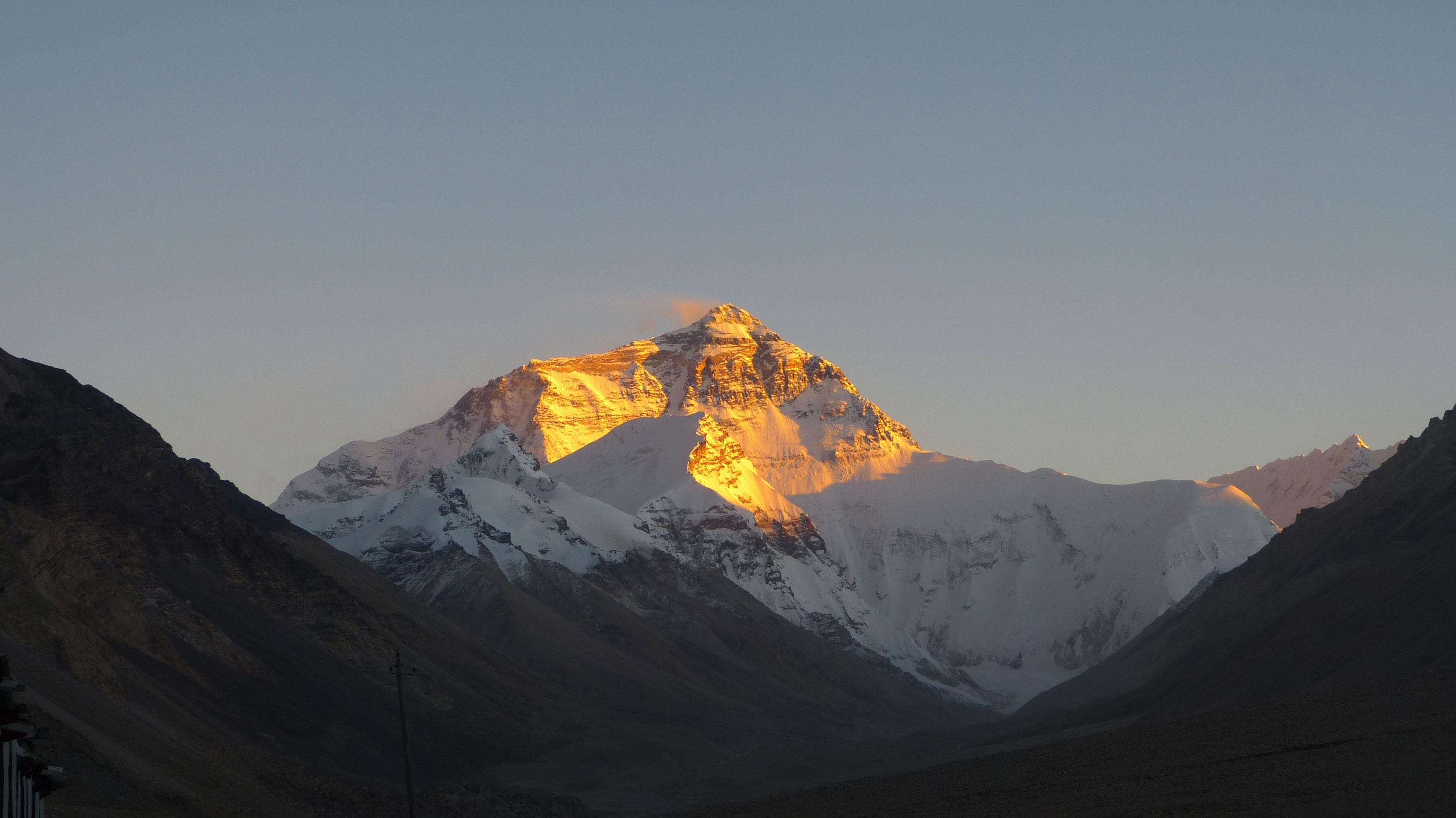
1922 – Spain’s united mountaineers
In Spain, the Federación Española de Deportes de Montaña y Escala, the National Alpine Association of Spain is established. It’s 60 years after the Austrian Alpine Association and 20 years after the American Alpine Club, but five years before the Greek Mountaineering and Climbing Association (Ellinikí Omospondía Oreivasías Anarríchisis).
1923 – Grossglockner’s stellar ice couloir
The famous ‘Pallavicinirinne’, an 800-metre-long ice couloir on the Grossglockner is climbed solo for the first time. The versatile mountaineer from Vienna, Alfred Horeschowsky, takes eight hours for the ascent, cutting a total of 2,500 steps into the ice, and goes on to prove that the good don’t always die young (he lived to the ripe old age of 92).
1924 – Edward Norton’s record
British officer Edward Norton enjoys his finest hour. As expedition leader of the British Everest Expedition, Norton reaches 8,573 metres without the use of supplemental oxygen – a record he holds until 1952. But it is his fellow countrymen George L. Mallory and Andrew C. Irvine who become national heroes, when on their third attempt, they both go missing on the mountain. The mystery of whether or not they summitted before they vanished goes with them to the grave.
1925 – The Appalachian Trail Conference
The two-day Appalachian Trail Conference (ATC) is held in Washington, D.C., which later becomes the non-profit organisation of the same name, and is eventually renamed the Appalachian Trail Conservancy. The first section of the long-distance trail had already been laid out by volunteers in 1922, but it was not until the ATC that the now world-famous, 3,529-kilometre long Appalachian Trail began to take shape. The trail was finally completed on August 14, 1937.
1926 – Holy mountain and white hell
‘The Holy Mountain’ (‘Der heilige Berg’), a mountain film directed by Arnold Fanck, starring Leni Riefenstahl in the lead role, hits the silver screens. It is one of many films of this genre, with war-like titles, to emerge during the 1920s. In 1928 there is ‘Fight for the Matterhorn’ (‘Der Kampf ums Matterhorn’) with Luis Trenker, and in 1929, ‘The White Hell of Piz Palü (‘Die Weiße Hölle vom Piz Palü’), again, directed by Fanck and starring Riefenstahl.
The HANWAG 100 year’s video: Hans Wagner - A bootmaker's tale (English subtitles available)
1927 – Protect the mountains
The German and Austrian Alpine Association (DuÖAV) extends its charter to include the promotion of nature conservation as well as mountaineering. In 1918, timber industrialist Albert Wirth already donated 40 square kilometres of land in the Hohe Tauern to the Alpine Association in order to place it under protection. But it would be a few decades yet until the Hohe Tauern National park was established.
1928 – Lenin’s Peak
As part of a Soviet-German expedition, the three climbers Karl Wien, Eugen Allwein and Erwin Schneider make it to the summit of the 7,134-metre-high Pik Lenin on September 25 of this year. It was called Kaufmann Peak until the year of the first ascent, and since 2006 it has been called Abuali ibni Sino Peak, although other sources (e.g. Google Maps) refer to it as Independence Peak. Today, the mountain on the Tajik-Kyrgyz border in the Pamir Mountains counts as a popular, relatively straightforward seven-thousand-metre peak.
1929 – February 26 – a memorable day
The Grand Teton Nationalpark is founded on February 26th. What’s special here, is the date, rather than the year. It is exactly ten years to the day after the Grand Canyon was turned into a national park (February 26, 1919), and again in 1917 – also February 26 – a huge area around Mount McKinley, was turned into what is known as the Denali National Park. All three are considered among the best destinations for hikers, trekkers, mountaineers and adventurers.
1930 – A magazine for adventurers

In October 1930, Bruckmann-Verlag in Munich publishes the first edition of Bergsteiger magazine (Mountain Climber), which back then was simply called ‘Der Bergsteiger’ (The Climber). According to the publisher, it is the oldest commercial mountain magazine in the world that’s still in circulation today, although over the years the focus has shifted more from mountaineering to mountain hiking.
1931 – 1940
1931 – Biking to the Matterhorn
Students Franz and Toni Schmid pedal their bikes from Bavaria to Zermatt to be the first team to climb the North Face of the Matterhorn. In keeping with the tone of 1930’s alpine publications, they didn’t just climb it, they conquered it – or at least vanquished it. It’s a Spartan affair, involving sleeping on rock ledges and with nothing to eat but chocolate, sweetcorn and bits of old bread. At the Solvay Bivouac, the team simply take off their frozen clothes and stand them in the corner.
1932 – The first hiking trails
Hiking is a trend – it’s official! A certain E. Benesch describes three long-distance hiking routes in the Alps at the beginning of the 1930s. At least, this is what the online encyclopaedia Wikipedia says, which the entire world wide web has consequently reported. Little could he have known that some 90 years later, there would be enough hiking trails through the Alps to fill any number of Wikipedias.
1933 – Hiking in hobnailed boots
In England, a short Pathé film is made about hiking, which is later uploaded onto YouTube under the title of ‘Hiking Hints 1933’. Right at the start of the film they cover the topic of kit, and we are told “hikers’ shoes should be nailed”. And that there are “three different types of rucksack”. This is accompanied by other wonderfully put pieces of advice from the era. “Food, of course,” we are told, “is most important.” Or that “hikers can reach places unapproachable to motorists”. And “the hills are theirs, as are the valleys.”
1934 – Icy heights
Famous British explorers and mountaineers Eric Shipton and Bill Tilman discover a route through the Rishi Gorge to access the Nanda Devi Sanctuary around the highest mountain in India (until Sikkim became part of India in 1975). Two years later Tilman and his team make it to the summit of Nanda Devi (7,816 m), setting a new altitude record, which stands till 1950. Tilman is said to have come up with the thought-provoking phrase: “No man goes as fast or as far as a man who knows not where he is going.”
1935 – Saving the Edelweiß

On the beautiful, four-summited mountain of Höfats (2259 m) in the Allgäu, the mountain rescue team sets up a tented outpost to protect the edelweiss flower for the first time, on the Gufel Ridge at an altitude of almost 2,000 metres. Numbers of these once profuse alpine flowers which grow on steep mountain slopes, are now in sharp decline. Thanks to the tented outpost, not only do edelweiss numbers begin to rise again, but the numbers of flower collectors falling to their deaths also drops. Over 70 years later, the recovery of the edelweiss has been so successful that the outpost is now superfluous.
1936 – Austria’s borders open again
Germany’s Tausend-Mark-Sperre (1,000-mark embargo) is lifted and the hiking paradise of Austria is once again accessible. The embargo introduced three years earlier by the Third Reich was designed to weaken the economy of its neighbouring country, which was dependent on tourism. During this period, the crisis in bilateral relations meant that German citizens had to pay a fee of 1000 mark to the German Reich if they wanted to cross the border into Austria.
1937 – Soles made for walking

Vitale Bramani files a patent for the now world-famous rubber sole Vibram – an acronym of his first and last names. Prompted by a mountaineering accident two years previously on the Punta Rascia, in which six people died, Bramani co-developed the sole with Ettore Castiglione and the tire manufacturer Pirelli. Bramani and Castiglione managed to climb the 700-metre-high northwest face of Piz Badile in July of the same year, with their new lightweight yet grippy soles. What better advertising could there be?
1938 – The North Face of the Eiger
Finally! Anderl Heckmair, Heinrich Harrer, Ludwig Vörg and Fritz Kasparek are the first to successfully climb the North Face of the Eiger. It takes them three days. The four-man team from Germany and Austria are later praised by Adolf Hitler for their ‘Heroic act on the wall of death’ (Nazi propaganda jargon). He views the deed as further proof of the superiority of the master race. Less than a century later, Swiss alpinists speed climb the Heckmair Route in under three hours.
1939 – Strength through hiking
Kraft durch Freude (Strength Through Joy) trips are introduced shortly before the Second World War. The German Office of Travel, Hiking and Holidays, at that time the largest travel company in the world, was responsible for the excursions and trips. Among other things, the KdF trips were intended to promote a strong sense of local identity and community, increase motivation and serve as National Socialist propaganda. Or in other words, even hiking was exploited by the Third Reich for its own purposes.
1940 – Standstill
World War II brings to a halt the joy of hiking and mountaineering that had been so widely promoted just a short while earlier – all over the world. In the USA, too, trails fall into disrepair without regular maintenance, and some sections of the famous Appalachian Trail are closed. Nevertheless, four young boys with a penchant for adventure discover the now famous Lascaux caves in France.
1941 – 1950
1941 – Around the world
Destruction, despair, recovery – in many respects the 1940s was a lost decade for so many. Here’s a brief look around the world at some of the events important to mountaineering.
1942 – Austria
The exceptional alpinist, David Lama mentor (see 2012), climbing partner to Reinhold Messner (see 1979) and all-round great guy Peter Habeler is born in this year.
1943 – USSR
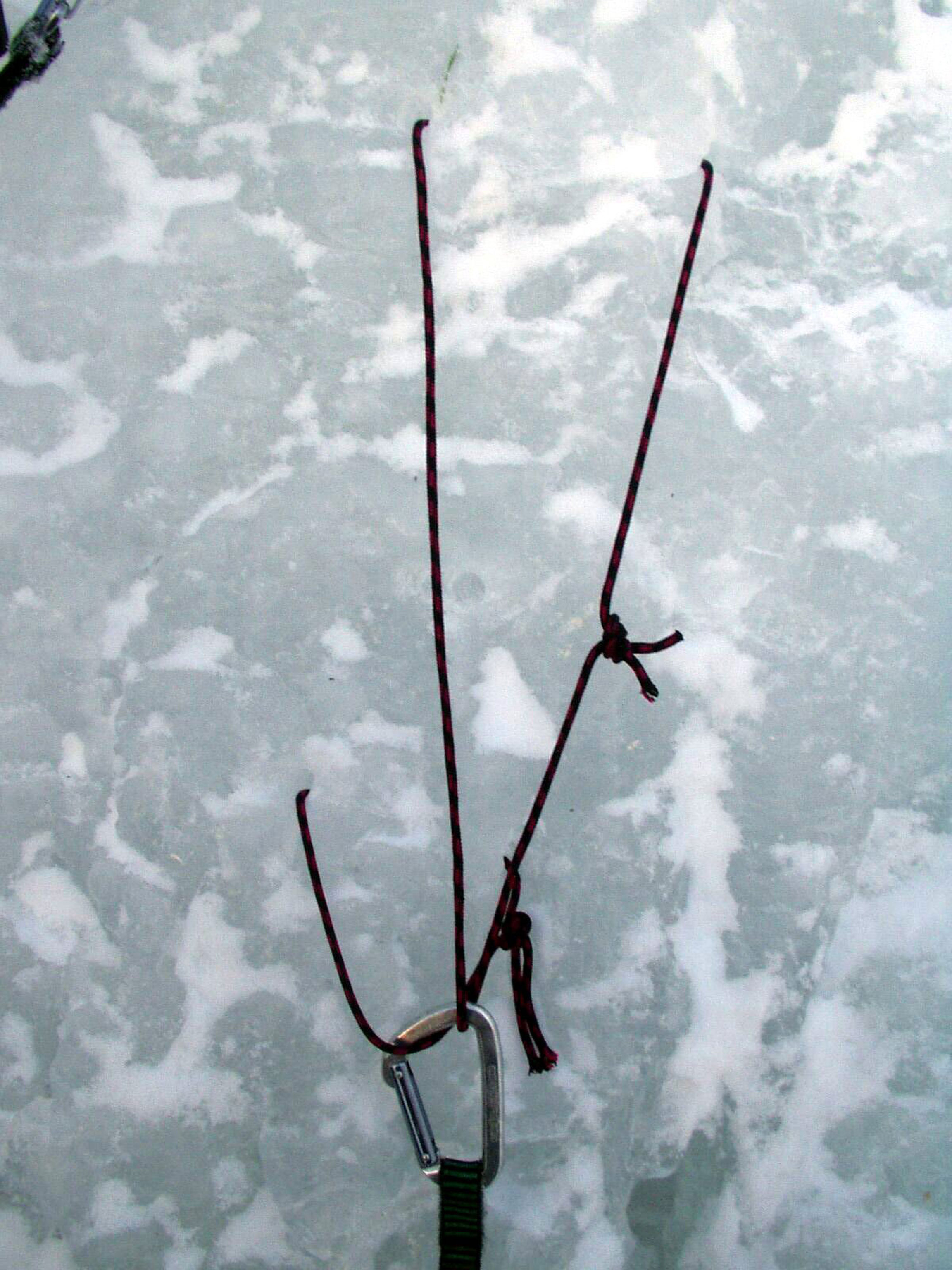
Mountaineer Vitali Abalakov is decades ahead of his time. As the inventor of several training assessment devices, developer of a climbing nut and innovator of the Abalakov thread, or V-Thread, ice protection technique, he is appointed the USSR’s Master of Sport.
1944 – Great Britain
The British Mountaineering Council is founded.
1945 – All over the world
The War is over. There can be no better news than that.
1946 – USA
The idea of hiking the mountain ridges of the western USA parallel to the Pacific Ocean first arises – these are the foundations of the Pacific Crest Trail.
1947 – France
The six-level climbing scale is established in Chamonix. In 1968 it is officially named the UIAA scale, after the Union Internationale des Associations d’Alpinisme.
1948 – USSR
Yevgeniy Abalakov, who together with his brother Vitali (see 1943) can be compared to the Klitschko brothers of mountaineering, sadly misses out on the revival of alpinism. He dies at the age of 41. Not on the mountain, but from poisoning. According to Ed Douglas’ definitive book ‘Mountaineers’, he was being investigated by the Ministry of the Interior (NKVD) at the time.
1949 – Germany
Sporthaus Schuster in Munich sells the first ever kernmantle ropes. Climbing publications describe it as a ‘milestone’.

1950 – Nepal
French alpinists Maurice Herzog and Louis Lachenal make it to the summit of Annapurna (8,091 m) and with it, become the first to climb an eight-thousander.
1951 – 1960
1951 – From one extreme to the other
The 1950s proves to be not only the decade for 8,000er ascents but also the decade for the creation of the first National Parks in the United Kingdom. Improving access for people who enjoy hiking is one of its main aims. The Peak District National Park, the first British national park, is founded on 17 April 1951. Today, it has almost 3,000 km of hiking trails, making it much more than a holiday’s worth.
1952 – Bird life
In Wales, the Pembrokeshire Coast National Park is established for its rich bird life – and another top travel tip is added to the list. It takes another 18 years, however, until the 300-kilometre-long Pembrokeshire Coast Path, one of the first of Great Britain’s 16 National Trails, to be opened. In 2012, National Geographic even named the area number two in the World’s most beautiful coastal regions.
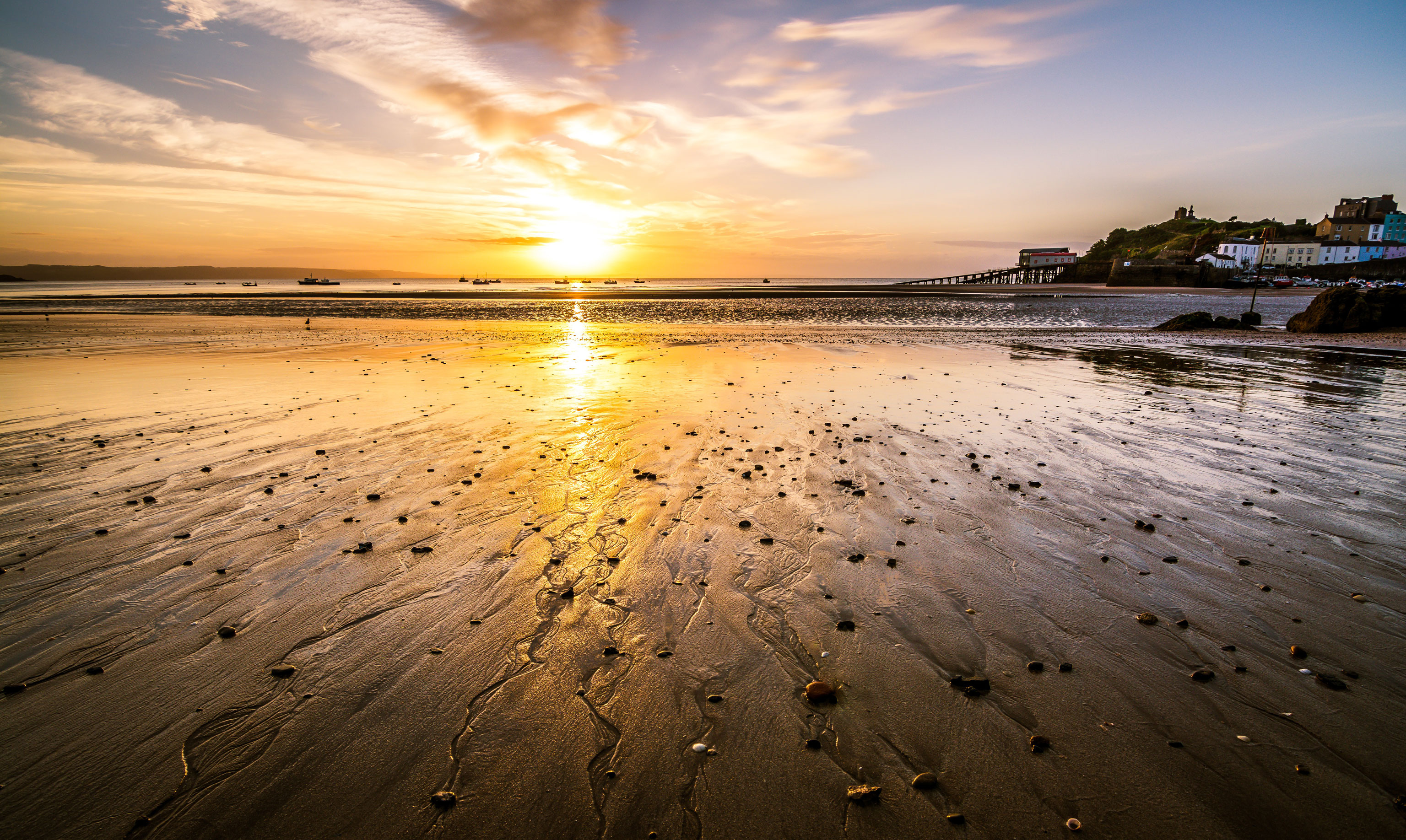
1953 – Helmets on!
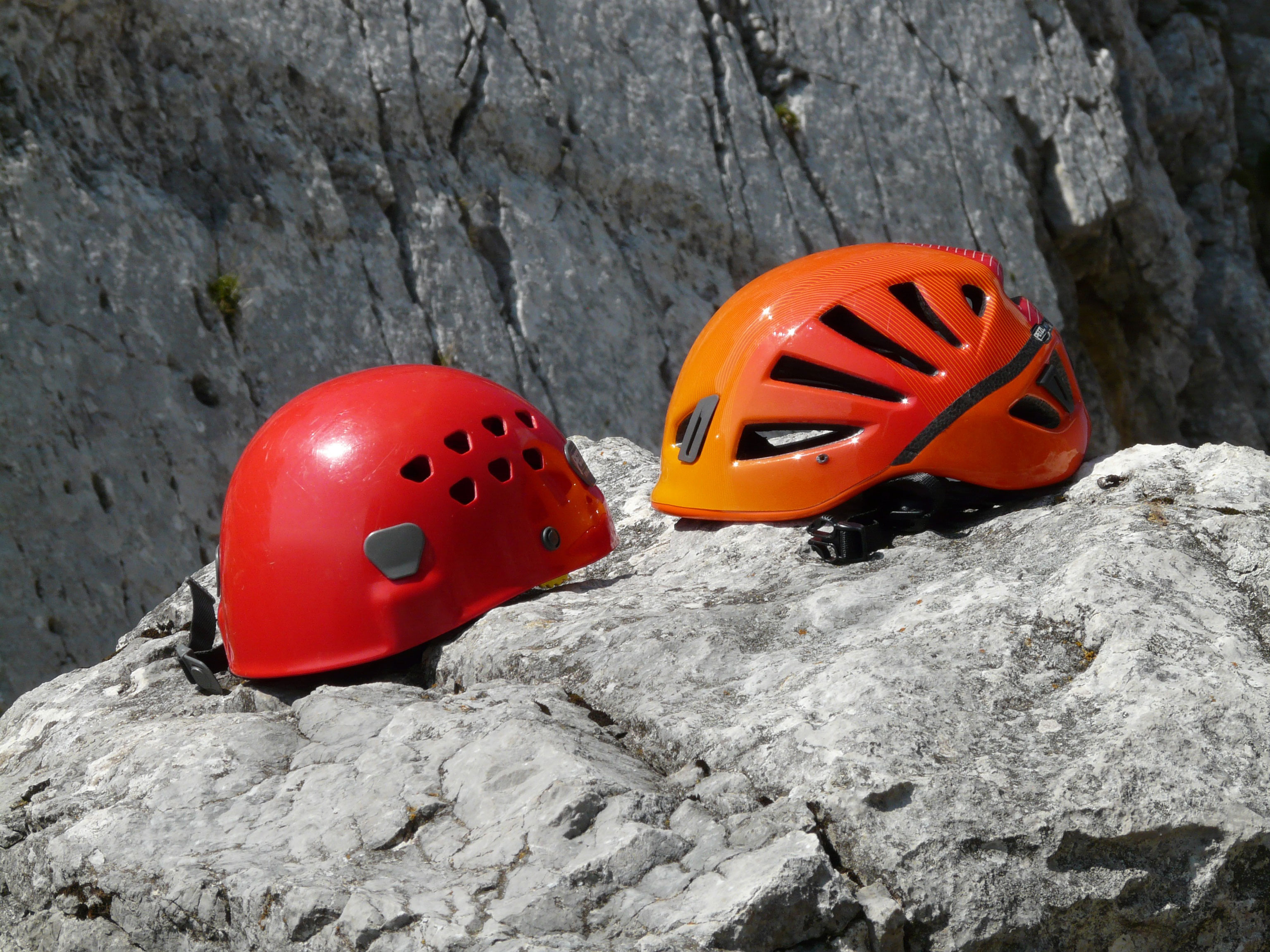
Up until the second half of the 20th century, climbers had been wearing woollen or felt hats stuffed with newspaper and socks, as head protection. That’s according to Pit Schubert, leader of the German Alpine Association’s safety committee for many years. München-based mountaineer, Paul Hübel, teamed up with Sporthaus Schuster in the 1950s and developed the world’s first plastic helmet for mountain use, and it hit the market in 1960, the year that Hübel died. What did it look like? An unflattering eggshell dome.
1954 – Deadly mountains, Part I: Dachstein Disaster
Ten school children and three teachers from the Heilbronn boy’s middle school are killed in a snowstorm in the middle of April while hiking on Krippenstein mountain in the Dachstein Range – despite being warned several times about the weather forecast. One of the biggest search operations in Alpine history ensued, with over 400 mountain rescue members, mountain police and volunteers. 43 days later, they finally located the last of the bodies. The fateful event is forever etched in the collective memory of the city of Heilbronn as the Dachstein Disaster.
1955 – Trekking Granny
A perfect example of the rise in hiking’s popularity is 67-year-old Emma ‘Grandma’ Gatewood’s first solo hike along the full length of the 3,500-kilometre-long Appalachian Trail in 146 days – and in one stretch. In 2012, the mother of eleven children was posthumously added to the Appalachian Trail Hall of Fame. She is also hailed as a pioneer of ultra-light hiking – further proof that most modern trends are actually retro at their core (see 1967).
1956 – Transatlantic relations

HANWAG exhibits at a sports trade fair for the first time. This is where Josef ‘Sepp’ Wagner meets Klaus Obermeyer, a sports equipment producer and legendary ski instructor who emigrated to the US. He becomes a long-standing retail partner for Hanwag ski boots.
1957 – Deadly mountains, Part II: Hermann Buhl dies
Exceptional alpinist Hermann Buhl, from Austria, dies at the age of 32 on Chogolisa, a 7,668-metre-high mountain in the Karakoram Range. At the time, he was one of only two people to have climbed two 8,000-metre peaks: Nanga Parbat (1953) and Broad Peak (1957). His 41-hour solo ascent of Nanga Parbat, where he bivouacked on ledge at almost 8,000 metres, and probably only survived thanks to the drug Pervitin, still stands as one of mountaineering’s greatest accomplishments.
1958 – On the Tre Cime
Dietrich Hasse, Lothar Brandler, Jörg Lehne and Sigi Löw put up a direct line through the north face of the Cima Grande, a route which to this day is still called the Hasse-Brandler route. While these climbers used aid (bolts and étriers to help them ascend), 44 years later, the same route is climbed by Bavarian Alexander Huber free solo, i.e. on his own and with no protection (see 2002).
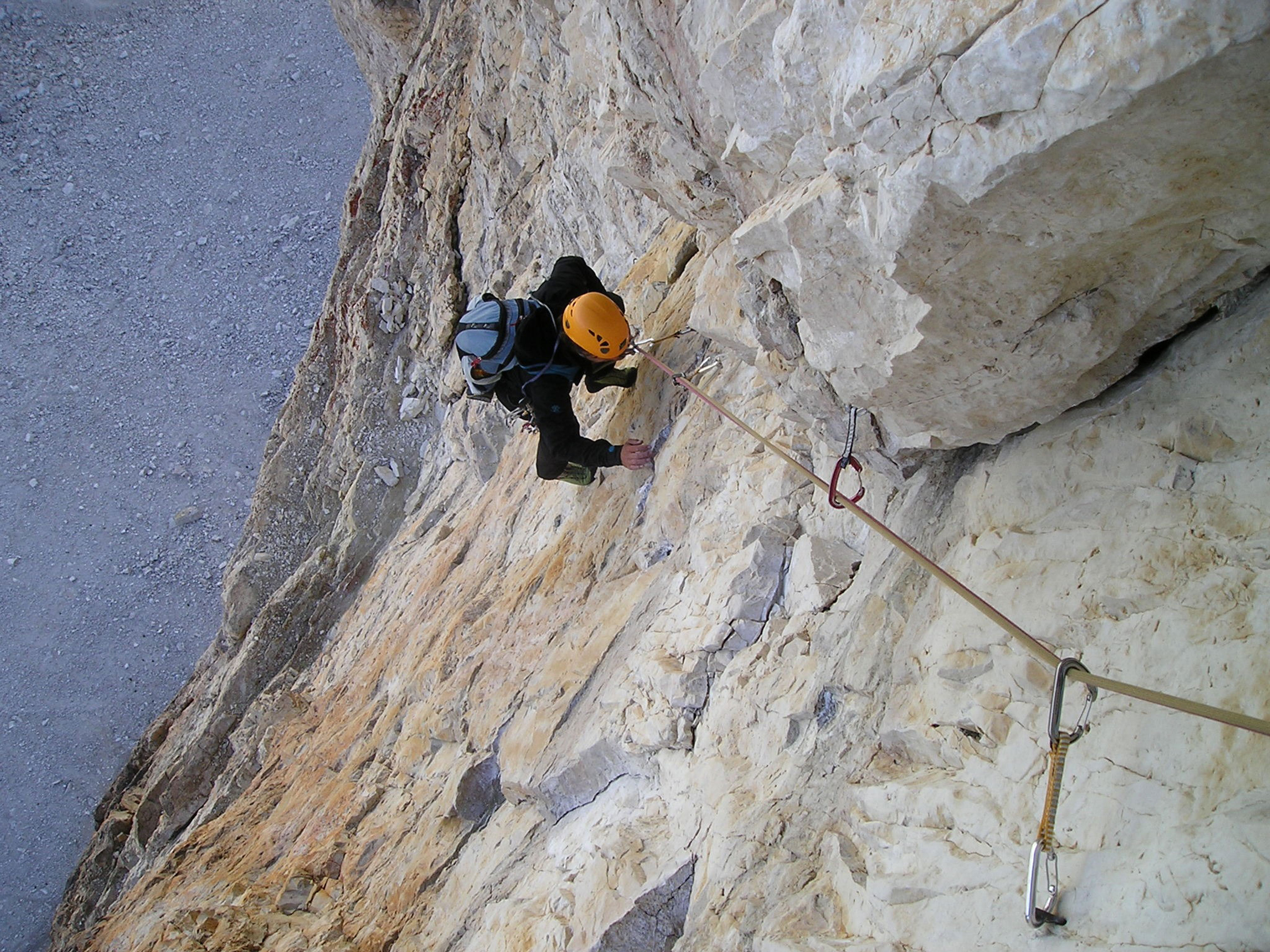
1959 – Deadly mountains, Part III: Djatlov Massacre
At the end of February 1959, the weeks-old bodies of nine young ski tourers are discovered on the Djatlov pass in the north Ural Mountains, with smashed-in skulls, broken ribs and burned flesh. One of the victims has no eyes or tongue; the few items of clothing belonging to the half-naked, barefoot climbers as they fled the tent at minus 30 degrees reveal radioactive particles. The tragedy prompts an investigation that is closed in May of that year, sparking off several conspiracy theories, and remains unsolved to this day. Was it indigenous Mansi people, nuclear weapons testing, the Yeti, aliens? Or was it actually just an avalanche?
1960 – Under the sign of the arctic fox
Fjällräven is founded by Åke Nordin in the city of Örnsköldsvik, in central Sweden. Eight years later, using old tent fabric for inspiration, he invents G-1000 fabric, made from 65% polyester and 35% cotton. The arctic fox – or Fjällräven in Swedish – is adopted as the company logo and today more than ever is a stark reminder of the species who are most at risk from the climate crisis.
1961 – 1970
1961 – Ice-cold rope team
The first winter ascent of the Eiger North Face takes place from March 6-12, 1961. Like the very first ascent of the Eiger North Face in the summer of 1938, the winter ascent is also carried out by an Austro-German team of climbers: Toni Kinshofer, Toni Hiebeler, Walter Almberger and Anderl Mannhardt.
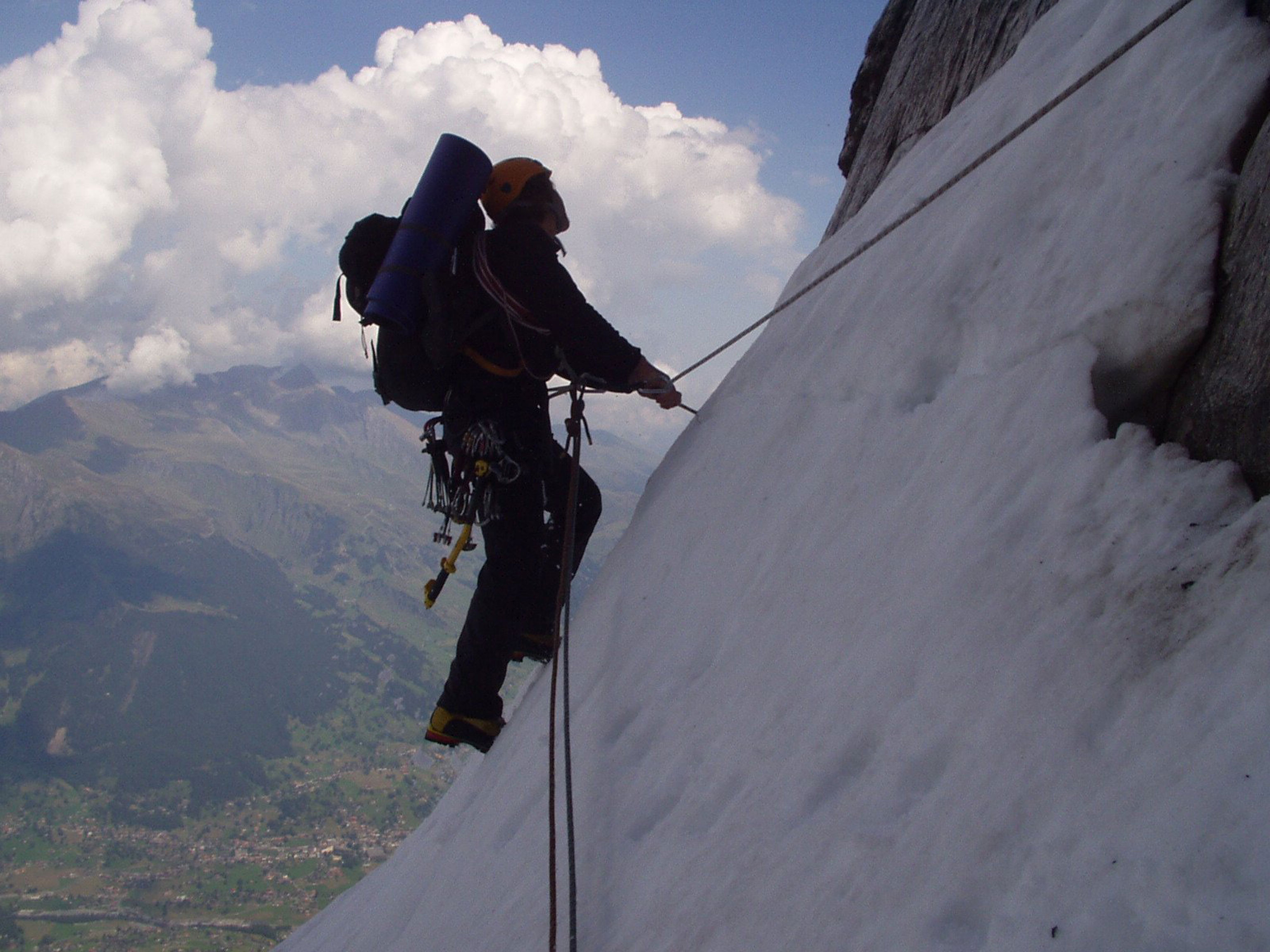
1962 – Ahead of his time
The anniversary of the first ascent of the Ankogel by a farmer from the region is celebrated for the 200th time, but does not attract acclaim beyond the region. And yet the farmer reached the summit of the 3263-metre-high glaciated peak in the Hohe Tauern 24 years earlier than Jacques Balmat and Michel-Gabriel Paccard first climbed Mont Blanc (1786) – and which is roundly hailed as the birth of alpinism.
1963 – Hiking president
The first president of the Federal Republic of Germany (1949 – 1959) and avid hiker, Theodor Heuss dies. He is credited with the aphorism: “The point of travelling is to get to a destination; the point of hiking is to be on the move.” Today, a themed hiking trail around his birthplace of Brackenheim follows in Heuss’ footsteps through, among other places, the region where his favourite wine was grown.
1964 – What is hiking?
With the first ascent of Shishapangma completed, the last and also lowest of the 8,000ers is climbed. Meanwhile, in an editorial in the journal “Alpinismus”, writer and above-mentioned Eiger North Face winter climber Toni Hiebeler (see 1961) classifies hiking in the canon of mountain sports: “Hiking is the origin of mountaineering, so mountaineering is hiking.”
1965 – Omega and Alpha
Outstanding Italian alpinist, Walter Bonatti climbs the north face of the Matterhorn, solo, in winter, and by a new route, which to this day has only been repeated a handful of times. It is his final feat as a mountaineer, and he starts a new career which is just as exciting as a photographer and reporter, travelling the world.
1966 – Climbing watched by millions
British mountaineers Chris Bonington, Rusty Baillie and Tom Patey are the first to climb the Old Man of Hoy, a vertical sea stack off the west coast of the Scottish Island of Hoy. When Bonington and Patey repeat the ascent one year later, the BBC broadcasts it. Over 15 million people tune in to watch.
Reading tip: A time travel through 100 years of HANWAG
1967 – Before Forrest Gump
In January, Emma ‘Grandma’ Gatewood (see 1955) at almost 80 years old, starts what is to become her yearly six-mile hike in the Hocking Hills State Park in Ohio, and which more people follow her on each year. At her last hike, in 1973, 2,500 people join her. This makes her the leader in ever-growing followers, 27 years earlier than the much more famous Forrest Gump.
1968 – Arctic foxes II
In February, British polar explorer Walter William ‘Wally’ Herbert sets out together with three teammates on their Transarctic Expedition. Using dogsleds, he aims to cross the Arctic Ocean from Alaska to Spitzbergen, via the North Pole. Because current understanding now means that adventurers Frederick Cook and Robert Edwin Peary are now not thought to have reached the North Pole at the beginning of the 20th century, Wally Herbert is likely the first person to reach the North Pole on foot – exactly 60 years after Peary’s now controversial North Pole feat – on 6 April 1969.
1969 – Europe rambles together
At the suggestion of the banker Georg Fahrbach, the European Ramblers Association is founded in Onstmettingen, a suburb of Albstadt in Baden-Württemberg. Hardly anyone knows about it, but it has several dozen member organisations and more than five million members. One of its aims is to create a network of long-distance hiking trails in Europe.
1970 – Deadly mountains, Part IV: Drama on Mount Kenya
While descending Mount Kenya (5,199 m), 29-year-old doctor Gert Judmaier falls and suffers an open lower leg fracture at an altitude of more than 5,000 metres; effectively a death sentence. Against all odds, the young man from Innsbruck is rescued from the face a week later with the help of his climbing partner Oswald Oelz and the Tyrol Mountain Rescue Service. 46 years later Reinhold Messner directs a film about it. In this year, the first climbing harness is introduced to the market.
1971 – 1980
1971 – Across the Alps
Four ski tourers from Austria – Robert Kittl, Klaus Hoi, Hansjörg Farbmacher and Hans Mariacher – set out on 21 March to cross the length of the Alps from Reichenau an der Rax to Nice in the South of France. They take 40 days to cover the 1,917-kilometre route with 85,510 vertical metres.
1972 – Thru-hiking throughout
The network of long-distance hiking trails in Europe is steadily growing. On 2 July – under the auspices of the European Ramblers’ Association (see 1969) – the European Long-Distance Trails E1 and E5, for instance, are opened. The latter runs from the Pointe du Raz on the French Atlantic coast to Verona in Italy. Although decades later, most hikers opt to cut the total distance of 3,200 kilometres down to the most famous stages between Oberstdorf and Meran. In the same year, the 180-kilometre-long GR20 in Corsica is also opened.
1973 – Wanderlust Travel
More and more specialist tour operators are being established in response to an increase in mountaineering and hiking. Four years after the DAV Summit Club and ten years after the Alpine School Innsbruck’s ASI Reisen are founded, mountaineer Günter Hauser brings his mountain travel company Hauser Exkursionen to the flourishing market.
1974 – You must climb 282 mountains
Hamish Brown succeeds in setting a new record for Munro bagging, climbing all the mountains in Scotland that are over 3,000 feet (914.4 m) high. Over the course of 112 days’ hiking – only occasionally using a bicycle (241 km) or a ferry – Brown climbs 289 peaks, including all 282 Munros, from 4 April to 24 July. He covers 2,638 kilometres and 137,000 vertical metres – and as legend has it, gets through three pairs of boots.
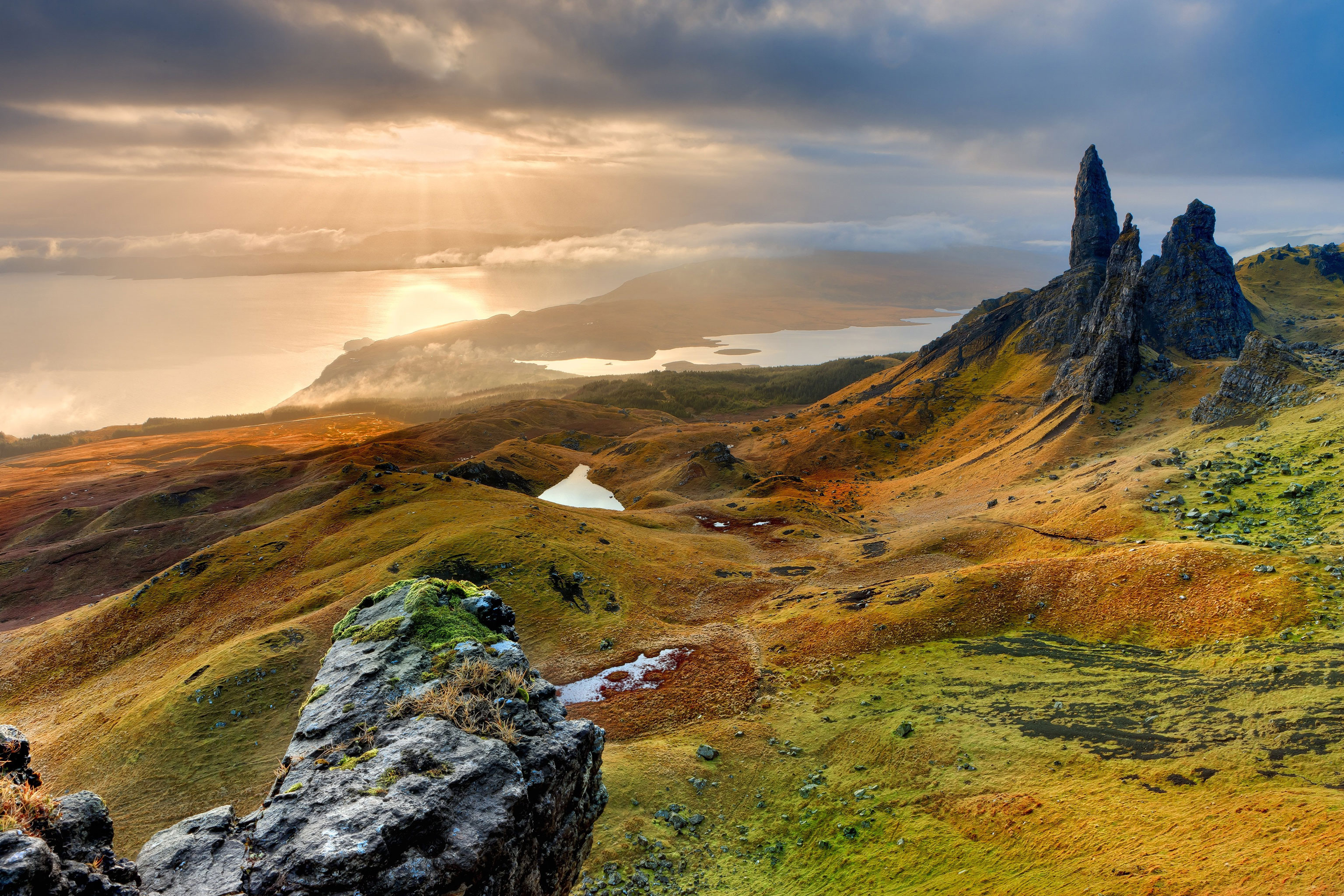
1975 – Fast & light
Peter Habeler and Reinhold Messner climb Hidden Peak, becoming the first to climb an 8,000-metre peak in alpine style – in other words, in the way that mountains in the Alps had been climbed to date: fast and light, in teams of two, and without supplemental oxygen, porters or fixed lines. But the two gained greater fame three years later, when they climbed Mount Everest without bottled oxygen.
1976 – Ahead of the curve
From the mid-seventies, the boom in the outdoor movement is such that it is set to continue into the new millennium. The article ‘Hiking – in the Wilderness Close to Home’ in the New York Times of 23 May states that backpacking is flourishing as a sport for outdoorsmen. According to the article from 1976 it is “probably because of the new ecology ethic as well as the development of lightweight nylon and aluminium hiking gear designed to take the backache out of load bearing.”
1977 – Gear that breathes
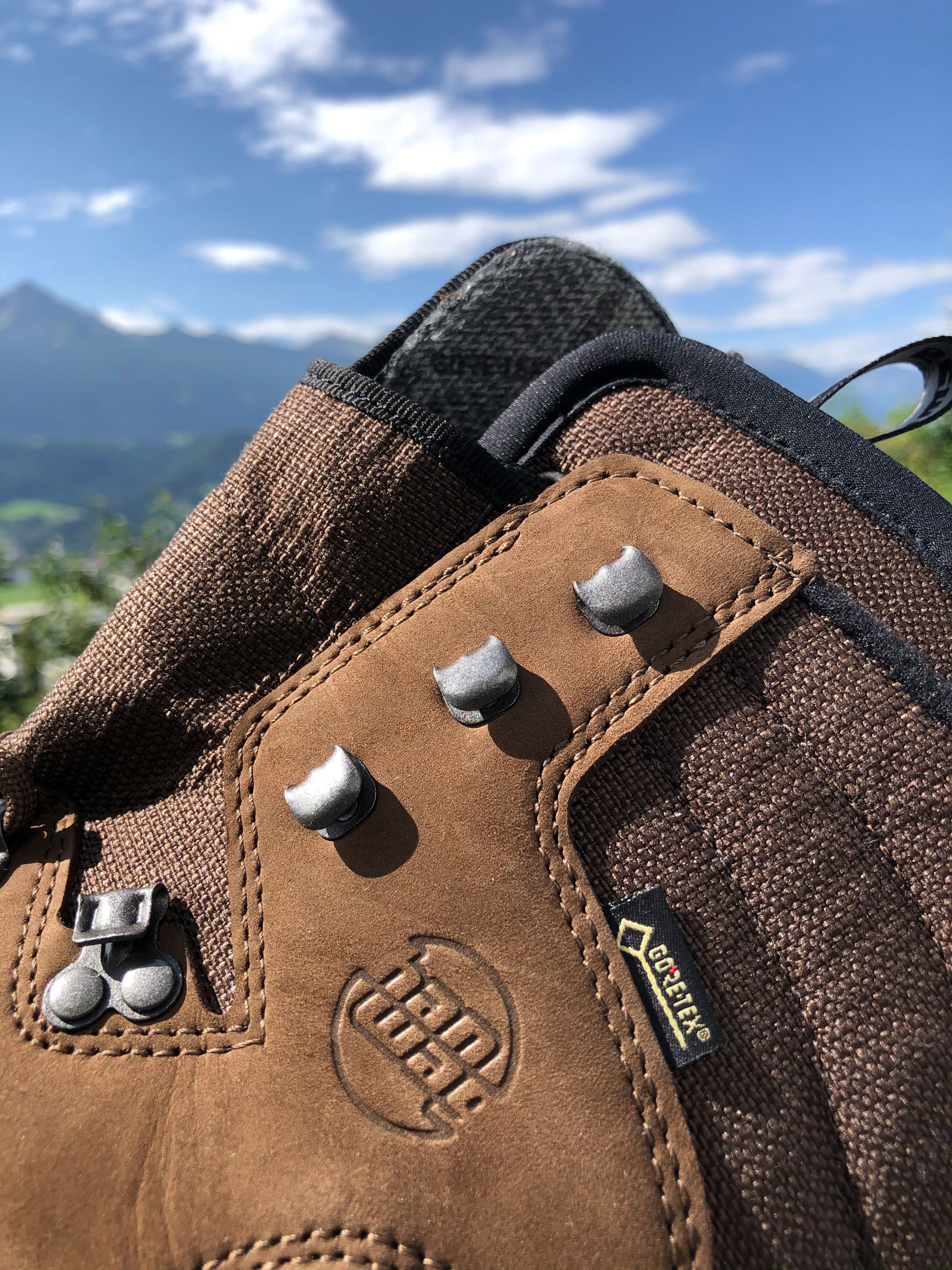
The invention by one Bob Gore creates a storm in European markets: Several outdoor brands like Norrøna and Mountain Equipment start to incorporate Gore-Tex into their hiking gear manufacturing. Just a couple of decades later, it’s hard to imagine the outdoor sector without the breathable waterproof membrane made from polytetrafluoroethylene (PTFE) – whether it’s jackets, pants or, in particular, footwear.
1978 – Alone on the Pilgrim’s Route
According to Oficina de Acogida al Peregrino statistics, a total of 13 pilgrims reach Santiago de Compostela each year. 20 years later, that figure is 30,216, and four decades later, 327,378.
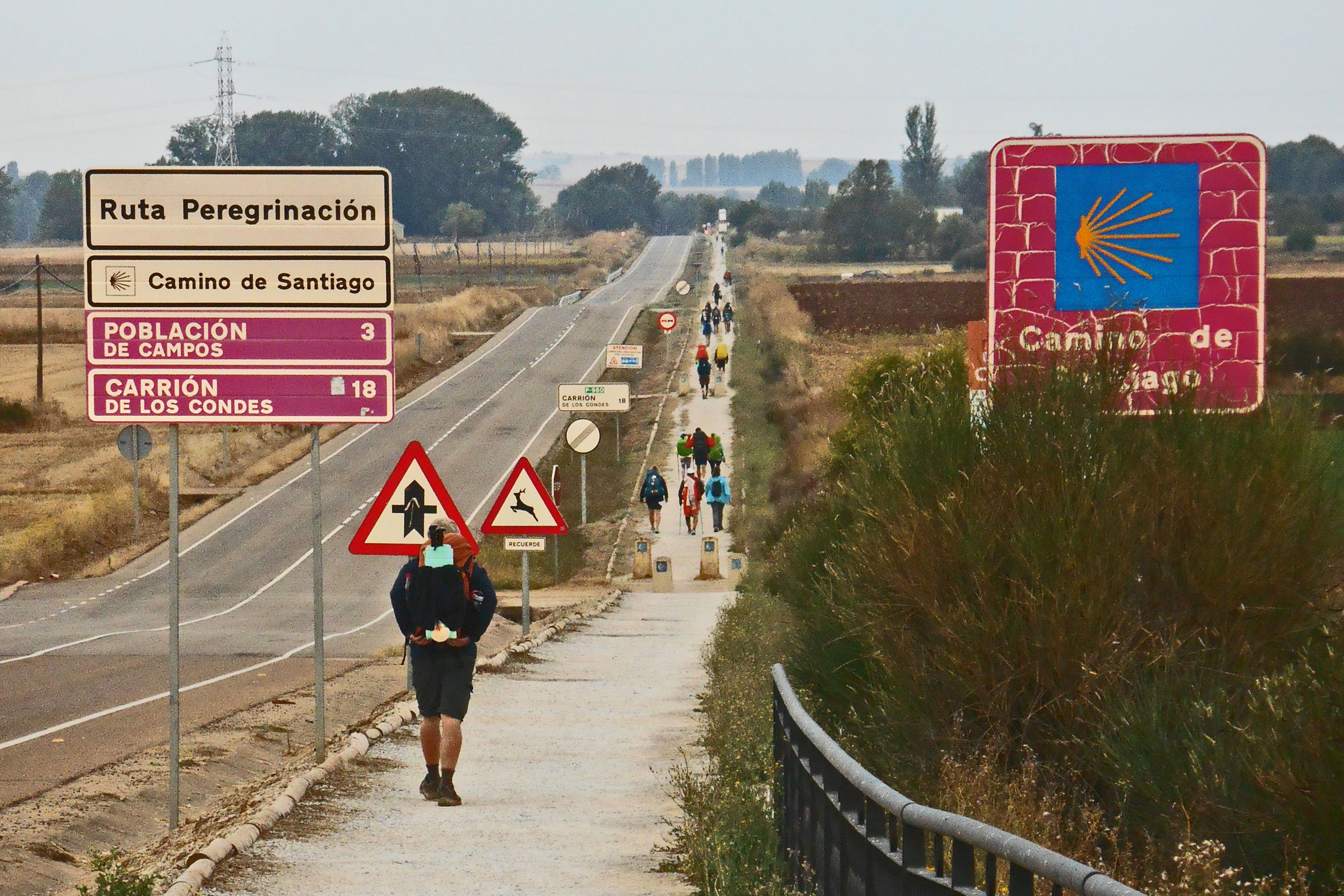
1979 – The next coup
One year on from Peter Habeler and Reinhold Messner’s first ascent of Mount Everest without oxygen, Messner and Michael Dacher climb K2 – the world’s second-highest and far more technically difficult 8000-er mountain. Again without supplemental oxygen.
1980 – Vertical rock shoes

In outdoor stores, the range of mountain boots continues to expand. In addition, companies such as Boreal, Scarpa and HANWAG introduce special climbing shoes often in close cooperation with rock climbers. HANWAG works with Sepp Gschwendtner, one of pioneers of modern sport climbing in Germany.
1981 – 1990
1981 – Faster, higher, faster
Ueli Bühler climbs the North Face of the Eiger in eight hours. His record time only stands for a year, before the Slovenian climber Franček Knez beats it by two hours. One year later, Thomas Bubendorfer takes less than five hours. And in November 2015, Ueli Steck from Switzerland races up in half the time. He solos the 1,800-metre wall in 2:22:50.
1982 – Netherlands first on Changste
Dutch mountaineer Johan Taks is first to stand on the summit of Changste on 3 October. However, he climbs the 7,563-metre peak north of Mount Everest in Tibet without a permit. He’s eleven days ahead of the first, official ascent, by a German expedition with Udo Zehetleitner.
1983 – Hiking through the tulips
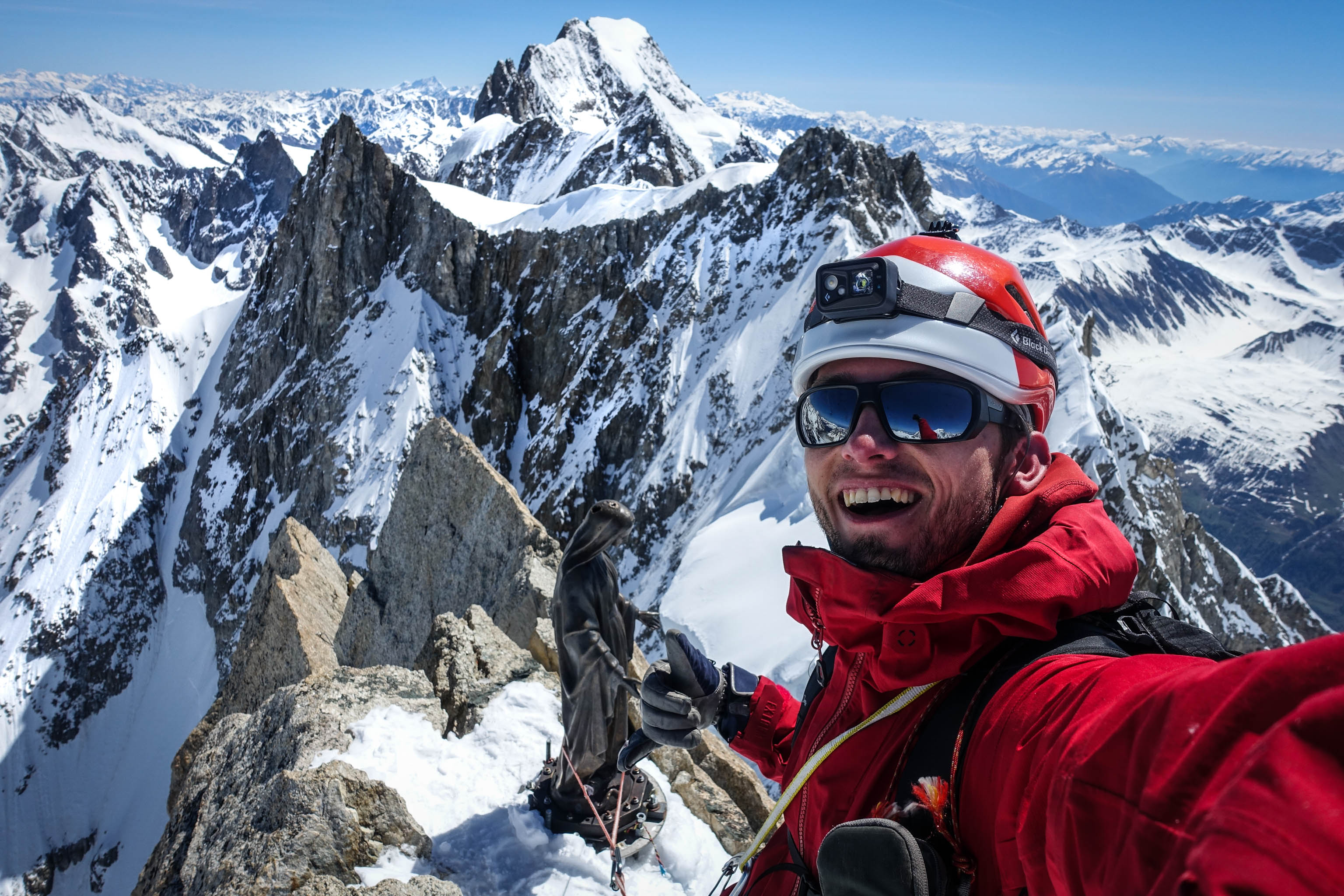
The HANWAG Sole People team also has a Dutch alpinist: Find oout more about Jeffrey Witter.
The Pieterpad trail runs some 498 kilometres through the Netherlands from north to south. The long-distance trail was started by two friends Catharina Elisabeth ‘Toos’ Goorhuis-Tjalsma and Lambertha Francina ‘Bertje’ Jens. They lived far apart and so came up with the idea of a hiking route between their home towns.
1984 – First Dutchman on Everest
Bart Vos is the first Dutch mountaineer to stand on Mount Everest. Years later, his solo summit is called into question by another expedition leader. Previously, Vos’ success on Dhaulagiri (8,167 m) via the East Face in 1996 had been revealed as false.
1985 – The rise and emancipation of sport climbing
Climbing establishes itself as a sport in its own right, and emancipates itself from classic mountaineering. One year on from the German Alpine Club’s (Deutscher Alpenverein) historic decision to get involved in sport climbing, the first ever international climbing competition takes place in Bardonecchia in the Susa Valley, Italy.
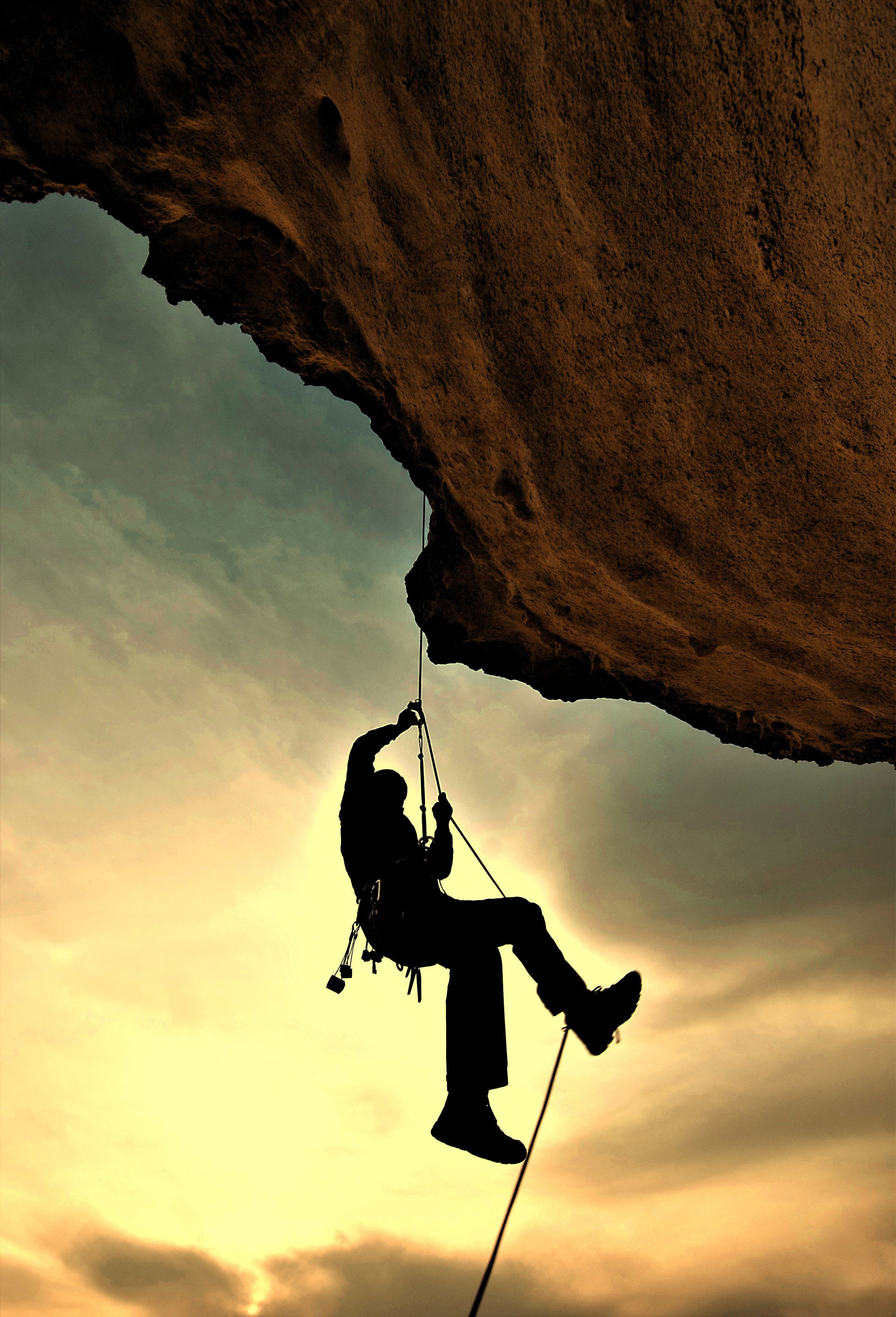
1986 – Run, don’t walk
The West Highland Way opens in 1980 as Scotland’s first official long-distance hiking route. In 1986, a group of athletes decide to run it and the West Highland Way Race is born. The 154–kilometer ultra marathon reflects the zeitgeist. More and more trails, long-distance hiking routes and mountains are raced against the clock. For example, the Swiss Alpine Marathon is created.
1987 – Second man to climb all 8000ers
Polish mountaineer Jerzy Kukuczka reaches the summit of Shishapangma and becomes the second person, one year after Reinhold Messner, to climb all 14 eight-thousanders. He climbed nine of them via new routes and made four winter ascents. As such, his high-alpine achievements are viewed by many experts as even greater than Reinhold Messner’s.
1988 – In the bag
According to the German Alpine Club (Deutscher Alpenverein), the sleeping bag liner is introduced this year. In Germany, the DAV produces a popular advertising poster with distinguished-looking gentleman, sleeping in a mountain hut dormitory, with a monocle, bow tie and naturally a sleeping bag liner (German: ‘Hüttenschlafsack’).
1989 – Brocken Benno
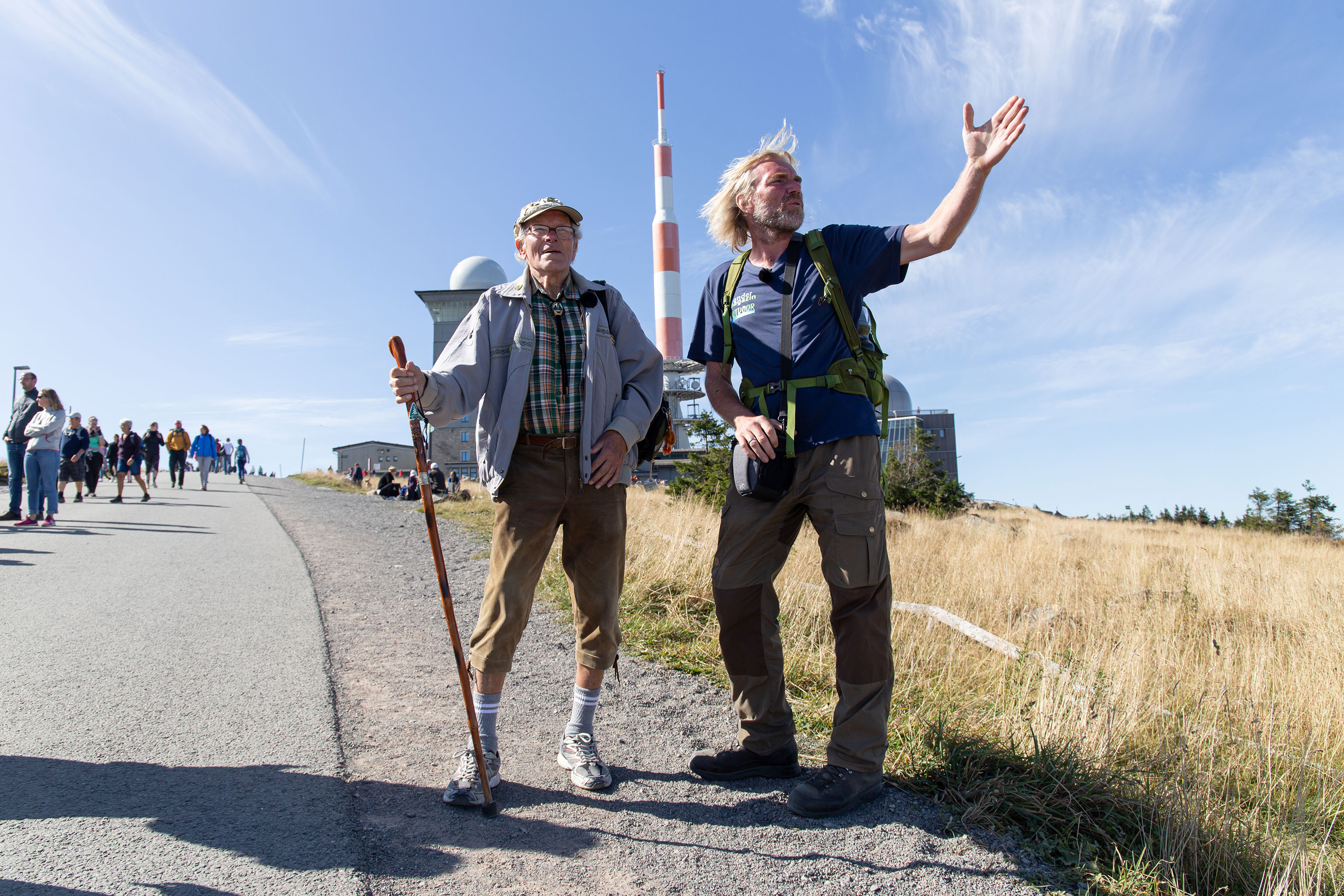
At the summit of the Brocken in the Harz mountains with Benno Schmidt – Thorsten Hoyer on his long-distance hike of Germany’s Green Belt.
Shortly after the fall of the Berlin Wall, Benno Schmidt, these days better known as ‘Brocken Benno’, hikes to the top of the Brocken, North Germany’s highest mountain (1,141 metres) in the Harz. For years, it had been out of bounds as it lay in East Germany’s military border exclusion zone. This was not to be his last ascent…
1990 – Rennsteig Reunification
The Rennsteig – Germany’s oldest, best-known and most popular long-distance trail is officially reopened on 28 April 1990. During the Cold War, it was not possible to hike the 170-kilometre path that runs through Bavaria and Thuringia as it crossed the inner German border in several places.
1991 – 2000
1991 – Deadly mountains, Part V: Ötzi

High up near the Similaun and the Tisenjoch pass (3,208 metres) in the Ötztal Alps, a 5,300-year-old mummy is found frozen in the glacier ice. Iceman Ötzi becomes famous all over the world. Ötzi was found to be wearing state-of-the art functional apparel, for the time. His gear included waterproof leather shoes with bearskin soles and a soft grass lining. Ötzi is believed to have been killed by a bow and an arrow.
1992 – Into the wild
The young American hitch-hiker Christopher McCandless makes his way to Alaska where he lives in an old, derelict bus in the wilderness. Reportedly, he is left too weak to hike out after eating poisonous seeds, and dies of starvation on 18 August. A few years later his story is made famous by Jon Krakauer’s non-fiction book ‘Into the Wild’.
1993 – The Nose goes free boys
Together with her climbing partner Brooke Sandahl, American rock climber Lynn Hill makes the first free ascent of what is now the world’s most famous climbing route, ‘The Nose’ on El Capitan, in Yosemite. Depending on your definition of free climbing, her achievement remains unrepeated until 1998 – or even 2005.
1994 – Alpine Trilogy
The three hardest multi-pitch routes in Europe were all climbed in 1994: ‘End of Silence’ 8b+ in Germany’s Berchtesgaden Alps by Thomas Huber, ‘Des Kaisers neue Kleider’ in Austria’s Wilder Kaiser by Stefan Glowacz and ‘Silbergeier’ 8b+ in the Swiss Rätikon, by Beat Kammerlander. Collectively, they are known as the ‘Alpine Trilogy’.
1995 – Brocken Benno clocks up 1000 ascents
Brocken Benno (see 1989) from Wernigerode in the Harz Mountains, climbs the Brocken for his 1,000th time. Two years later, he hikes his way into the Guinness Book of Records.
1996 – Swedish outdoor legend
While on a bicycle expedition through the Himalayas, Swedish adventurer and mountaineer Göran Kropp, makes a solo ascent of Mount Everest and also tests out the first stove to burn multiple fuel types, including canister gas, diesel and petrol – the Primus MutliFuel. Another mountaineer, Edmund Hillary, had a similar version of the stove on his pack during his Mount Everest Expedition in 1953, while polar explorer Roald Amundsen used an earlier forerunner at the South Pole.
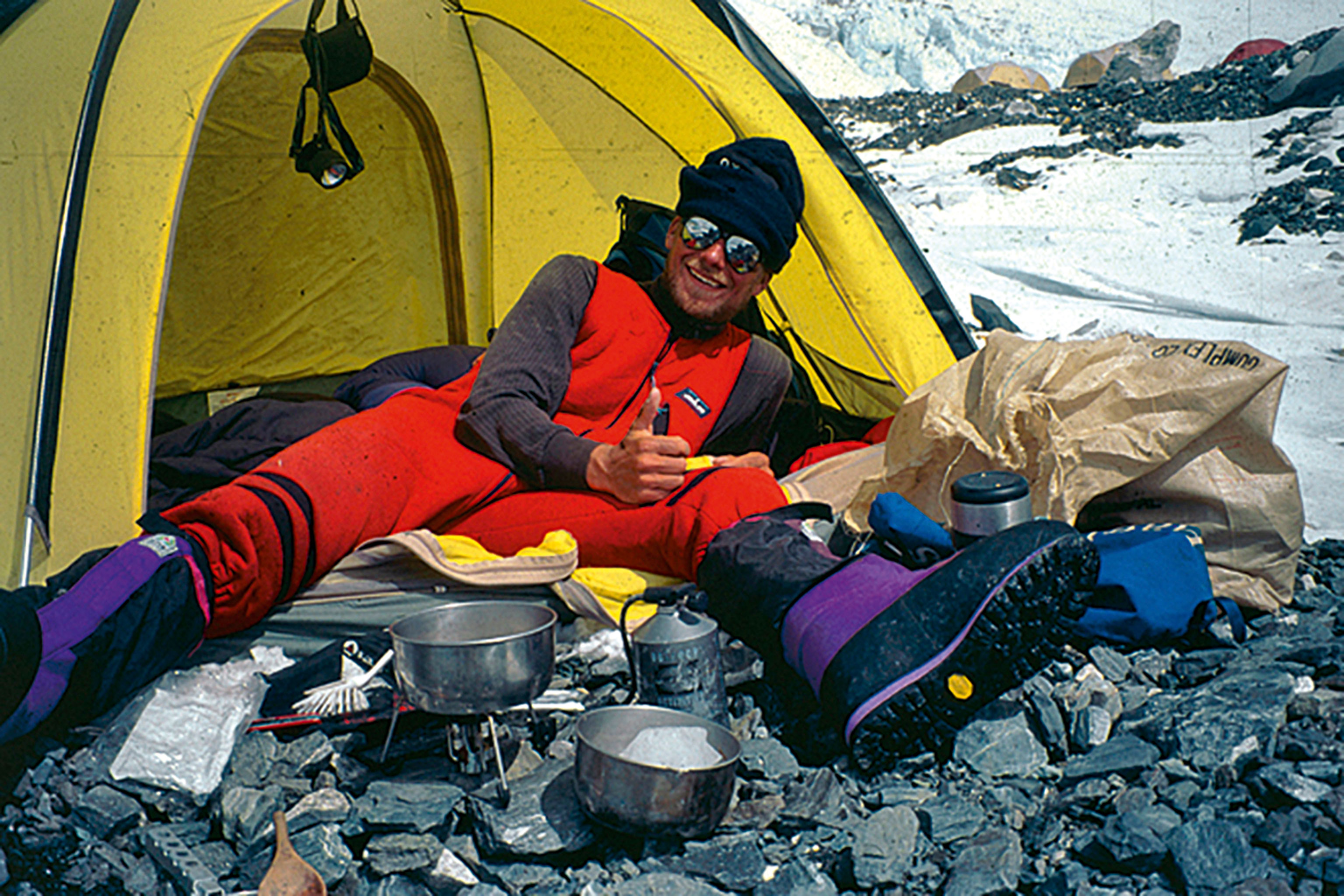
1997 – Climbing into the spotlight
On 17 July, the relatively unknown Korean mountaineer Oh Eun-sun summits Gasherbrum II, her first eight-thousander. Thirteen years later, she becomes the first woman to climb all the world’s 8,000ers – although is strongly criticised for using supplementary oxygen.
1998 – The Dutch Mountains
The ‘Nederlandse Klim- en Bergsport Vereniging’ (The Netherlands Alpine Club) is formed after a merger of the ‘Koninklijke Nederlandse’ Alpine Club and the ‘Nederlandse Bergsport’ Mountaineering Club. From 1949 to 1971, the latter association was known as the ‘Holland Section’ of the Austrian Alpine Club (Österreichischer Alpenverein).
1999 – Europe’s hiking network
The idea of a European network of long-distance hiking trails proposed 30 years previously (see 1969) takes shape. The eleven trails cover some 50,000 kilometres and connect people from Sicily to the North Cape and from Galway at the Atlantic Ocean to the Carpathians and the Black Sea.
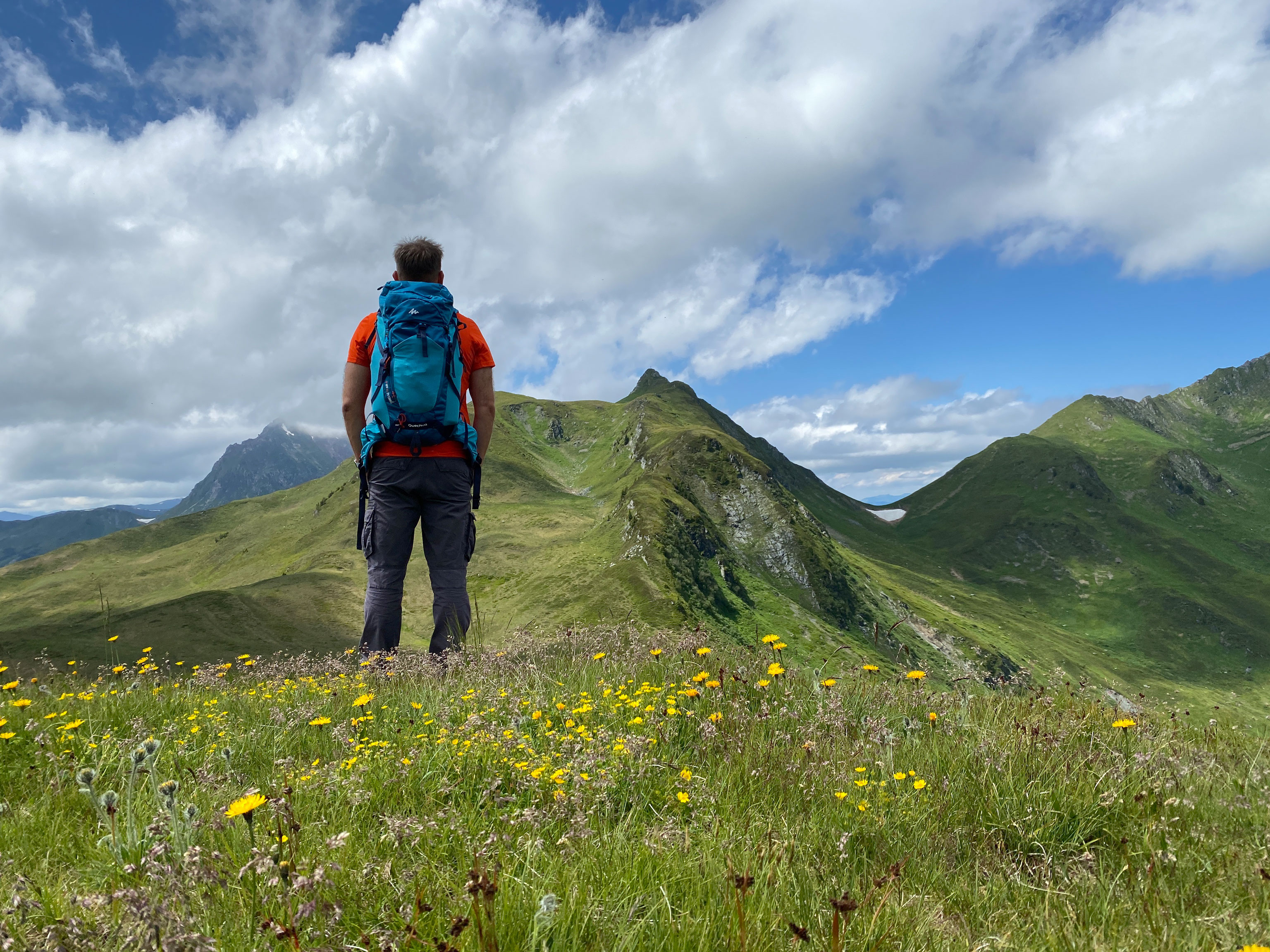
2000 – Hiking against a midlife crisis
Canadian Jean Béliveau sets out from Montreal on 18 August on a walk that is to finish 11 years later and include 75,000 kilometres, 54 pairs of shoes and 64 countries. Asked by the media why he decided to walk around the world many years later, he answers: midlife crisis.
2001 – 2010
2001 – Hiking the Way of St. James to Santiago de Compostela

German comedian and TV presenter, Hape Kerkeling hikes the Pilgrim’s Route. Five years later, he publishes his diary of the walk: “Off Then: Losing and Finding Myself on the Camino De Santiago.” (Original German: ‘Ich bin dann mal weg’) The book becomes an international best-seller and is translated into numerous other languages. And the number of Germans on the pilgrim’s way increases significantly as a result.
2002 – Free solo on Cima Grande
Alexander Huber climbs the legendary, 500-metre Hasse-Brandler route (7a+) on the Cima Grande in the Dolomites – free solo, i.e. with no rope, and no protection. His achievement is still regarded as a milestone of modern alpinism.
2003 – Trends from the past
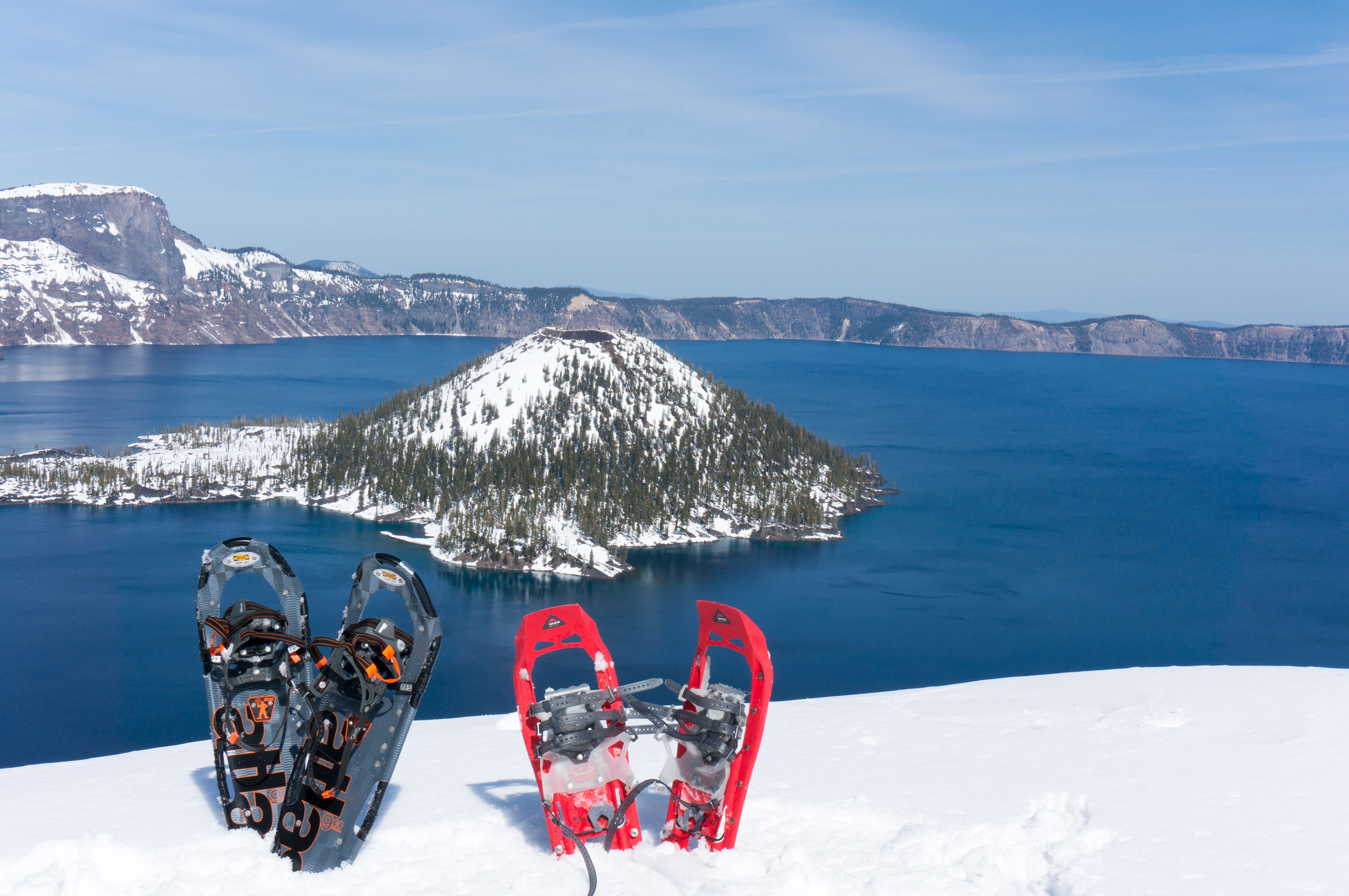
On the Gurgler Glacier in the Ötztal Alps, the cartographer Simone Bartolini discovers a snowshoe in the ice. It’s made of birchwood and is said to be 500 year older than Ötzi (see 1991) who was found just a few kilometres to the west.
2004 – Swedish adventure Part I
In the North Swedish province of Norrbottens län, the 100-kilometre long-distance hiking trail Dag Hammarskjöldsleden is opened. Named after the former Secretary-General of the United Nations and Nobel Peace Prize recipient, Dag Hammarskjöld, it follows the first seven sections of the Kungsleden (King’s Trail).
2005 – Swedish adventure Part II
The Fjällräven Classic trekking event is held in North Sweden for the first time. The 110-kilometre long route follows the Dag Hammarskjöldsleden (see 2004) from Nikkaluoktat to Abisko. Due to its success, the format is exported to other countries, including the United Kingdom, Germany, Denmark and Korea.
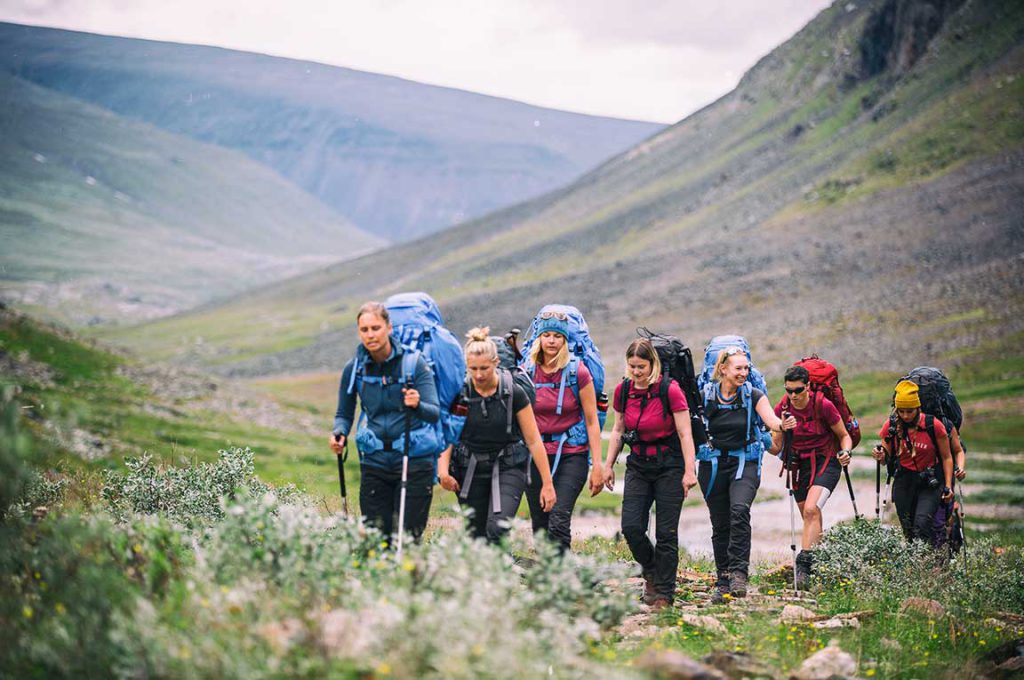
Find out more: The Fjällräven Classic
2006 – Speed snowshoeing
The International Snowshoe Federation (now called the World Snowshoe Federation) organises the first ever World Snowshoe Running Championships on the Dachstein Glacier in Austria. Emanuele Manzi from Italy wins the men’s event, covering the 7.8-kilometre course in 26:41 minutes, while his fellow Italian, Maria Grazia Roberti wins the women’s event in a time of 32:26.
2007 – Very British
The Alpine Club in London celebrates its 150th anniversary, as the oldest mountaineering club in the world. Founded in 1857, the British club is not just testimony to the nation that originally pioneered mountaineering in the Alps, but also proof of how the mountain world was dominated primarily by men. It only merged with the Ladies’ Alpine Club (founded 1907) in 1975.
2008 – Right through America
The ‘women who walked the most in the world’ and proven long-distance trekker, Christine Thürmer, has hiked the Pacific Crest Trail, the Continental Divide Trail and the Appalachian Trail too. The first person to complete the ‘Triple Crown of Hiking’ with 12,800 kilometres was Eric Ryback in the 1970s.
2009 – Right across Karwendel
The Karwendelmarsch restarts after a 20-year break. It covers some 52 kilometres with 2,280 metres of elevation gain (with a shorter version of 35 kilometres and 1,500 metres height gain). In its original edition from 1969 to 1990, the Karwendelmarsch was at times the largest sporting event in Tirol.
2010 – Right around the world
In May 2010, Sarah Marquis starts her trek from Siberia to South Australia. Over the following three years, she covers around 20,000 kilometres, crossing – according to her website – six countries and the Gobi Desert, facing sand storms, hail storms, coping with dengue fever, and travelling by container ship to Australia, where her epic journey ends on 17 May.
2011 – 2020
2011 – Eight-thousander first
25 years after South Tyrolean mountaineer Reinhold Messner climbs all the world’s eight-thousanders without using bottled oxygen, Gerlinde Kaltenbrunner from Austria becomes the first woman to do it.
2012 – Compressor route goes free
Together with his partner Peter Ortner, 21-year-old Tyrolean climber David Lama climbs the world-famous Compressor Route free, i.e. using only the rock to assist progress. A feat considered impossible by many. The original route was put up in 1970 by Cesare Maestri and surrounded in controversy. In an act of desperation, Maestri used a compressor to drill bolts into the rock.
2013 – Better late, than never
Scotland celebrates its first ever John Muir Day. Born 175 years ago, the Scottish-American naturalist, environmentalist and enthusiastic hiker co-founded the Sierra Club (Motto: Explore, enjoy and protect the planet). The club helped establish a number of national parks after he died. The 350-kilometre John Muir Trail and John Muir Wilderness in California’s Sierra Nevada are named after him.
2014 – HANWAG invites to the Zugspitze
At 2962 metres, the Zugspitze is not only the highest mountain in Germany. It is also something like HANWAG’s alpine home. Several routes lead to the summit – from a long alpine hiking trail to the Jubiläumsgrat, one of the most challenging routes in the Alps. Every year since 2014, HANWAG has invited mountain enthusiasts from all over the world to the HANWAG ALPINE EXPERIENCE and climbs the Zugspitze with them on four different routes.
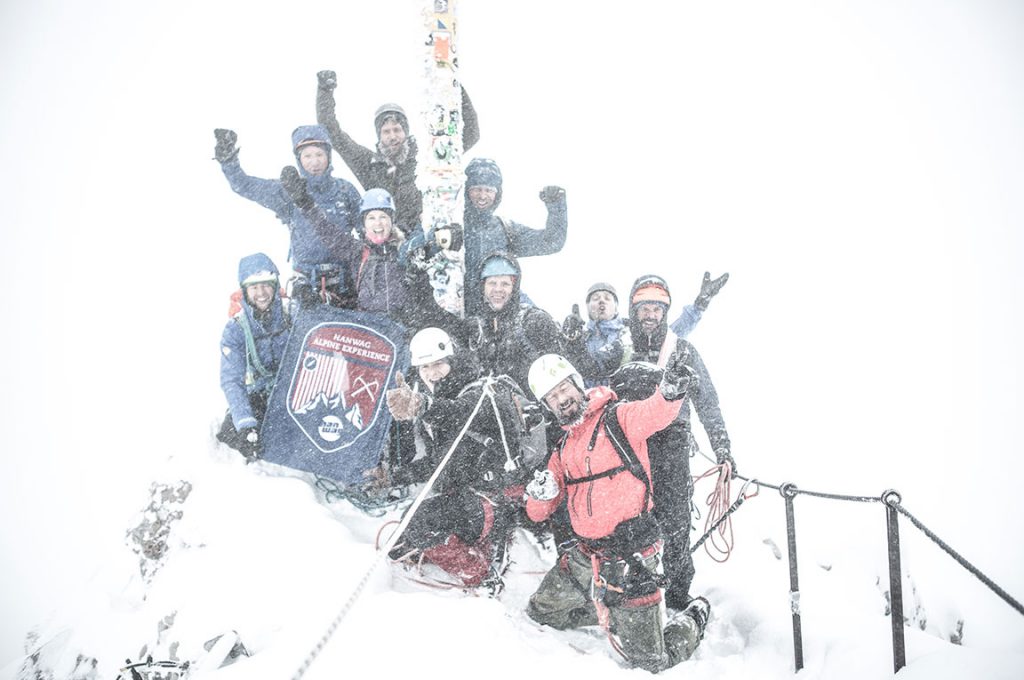
Read more about the HANWAG ALPINE EXPERIENCE
2015 – Mountaineering comes to the computer screen
The digital age stops at nothing – not even mountains can hold it back. For example, New Zealander Matt Jenke hiked seven of his country’ Great Walks with a 360-degree camera in his backpack. It has 15 lenses and takes a photo every 2.5 seconds. By putting the routes on Google Maps, they can now be explored virtually from the other side of the world. And by using the virtual reality action #project360, a number of mountain routes can be followed on screen.
2016 – Eight-thousander in Germany’s Harz Mountains
On 3 October 2016, the anniversary of German unification, Brocken Benno climbs the Brocken (1,141 metres) for the 8,000th time. Anyone, sceptical about the authenticity of his ascents should consult the entries for the years 2011, 1987, 1984, 1979, 1975, 1964, 1951 and also 1924.
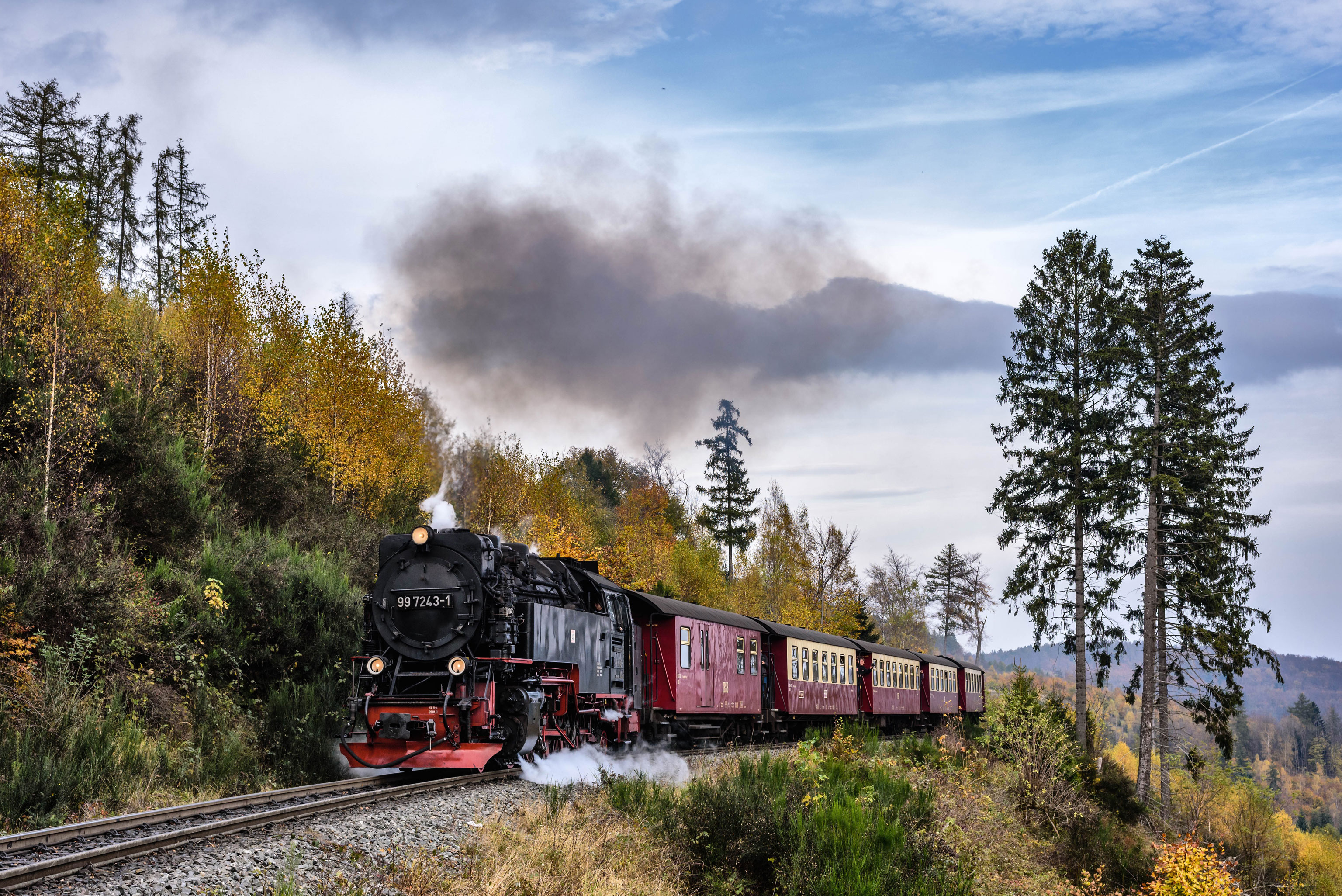
2017 – Climbing on the moon
Alex Honnold climbs the near 1,000-metre high route Freerider on El Capitan (9/9+) free solo. According to National Geographic, his friend and climbing partner Tommy Caldwell calls the achievement “the moon landing of free soloing.” The subsequent film of the climb wins an Oscar in 2019. In addition, scientists discover that Alex Honnold’s amygdala – the part of the brain that generates fear – functions differently than with other climbers.
2018 – Faster, further, younger
Heather Anderson completes the Triple Crown of Hiking within a year (see 2008). All in all, she covers the 12,800 kilometres of the three trails in just 251 days – that’s an average of 50 kilometres a day. Maybe even more amazing: In 2018, the nine-year-old boy Christian Geiger walks the last part of the Continental Divide Trail. This means he has also done the Triple Crown. He started out on the Appalachian Trail in 2013 – at the age of five.
2019 – Alpinism world heritage
Unesco decides to add alpinism to the “List of intangible cultural heritage”. The Unesco website says that it “emphasizes the “values of togetherness and a responsible approach to nature.” The alpine clubs of France, Italy and Switzerland submitted the application.
2020 – Outdoor v Corona
During the Corona pandemic lockdown, participation in outdoor activities increase significantly. According to the German Ramblers’ Association, 74 per cent of Germany’s hiking trails are seeing “high” or “very high” usage. The downside: In popular spots, there is chaos on the roads.
2021 – 2121 The next 100 years
History continues. We celebrate our 100. anniversary – amongst other things with our HANWAG Heritage Collection.
Find out more about our Hans Wagner Heritage Collection

